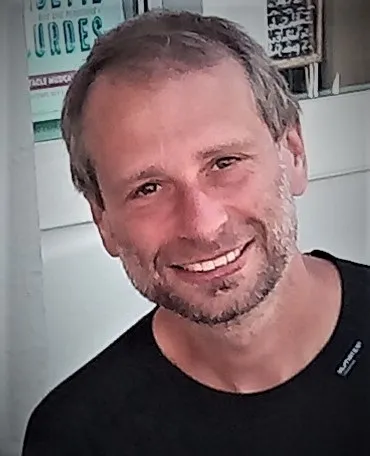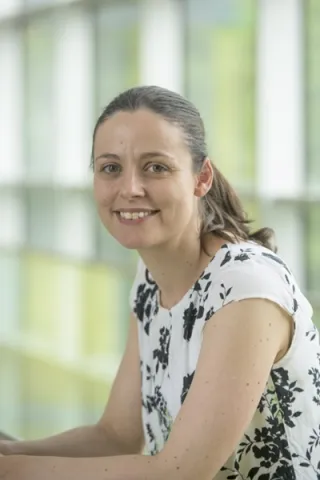About the project
This project aims to push the limits of what is possible with hollow core fibres by removing the air from the air-filled core. Currently, the central hole of the hollow core fibre is filled with air, which for some of the most advanced applications, such as transmission of quantum states or high-power signals, limits the fibre performance.
At the Optoelectronics Research Centre, we are leading the world in developing a new generation of optical fibres that promise a revolution in applications ranging from optical communications to ultraprecise optical sensors. Our hollow-core optical fibres harness some truly intriguing physics to guide light in an air-filled core region over tens of kilometres distance and are now outperforming standard optical fibres.
You will work in one or more of these areas:
- investigate techniques for evacuation, which is not straightforward for km-length fibres
- develop tools and methods to measure the gas pressure distribution. Such techniques could be in the future used for a multitude of applications such as distributed sensing
- study how these evacuated fibres can push the limits of what is possible with optical fibres.
We aim to use these fibres to demonstrate, for example:
- new record laser power delivery in fibres
- interferometers with the minimum possible noise added by the fibre (of interest, for example, for ultra-sensitive detection of gravitational waves)
- transmission at wavelengths where air-filled hollow-core fibres or standard fibres have too strong absorption
If you have an interest in optical fibres, their physics, and their applications, you would be highly suitable for this project. You will benefit from the world-leading expertise in these fields at the ORC and work in a supportive group of like-minded researchers, leading you to a PhD in an exciting new area of physics and technology.
The Optoelectronics Research Centre is committed to promoting equality, diversity, and inclusivity, as demonstrated by the school’s Athena Swan award. We welcome all applicants regardless of their gender, ethnicity, disability, sexual orientation or age. We take personal circumstances into account, and will give full consideration to applicants seeking to study part time. The campus has onsite childcare facilities.


